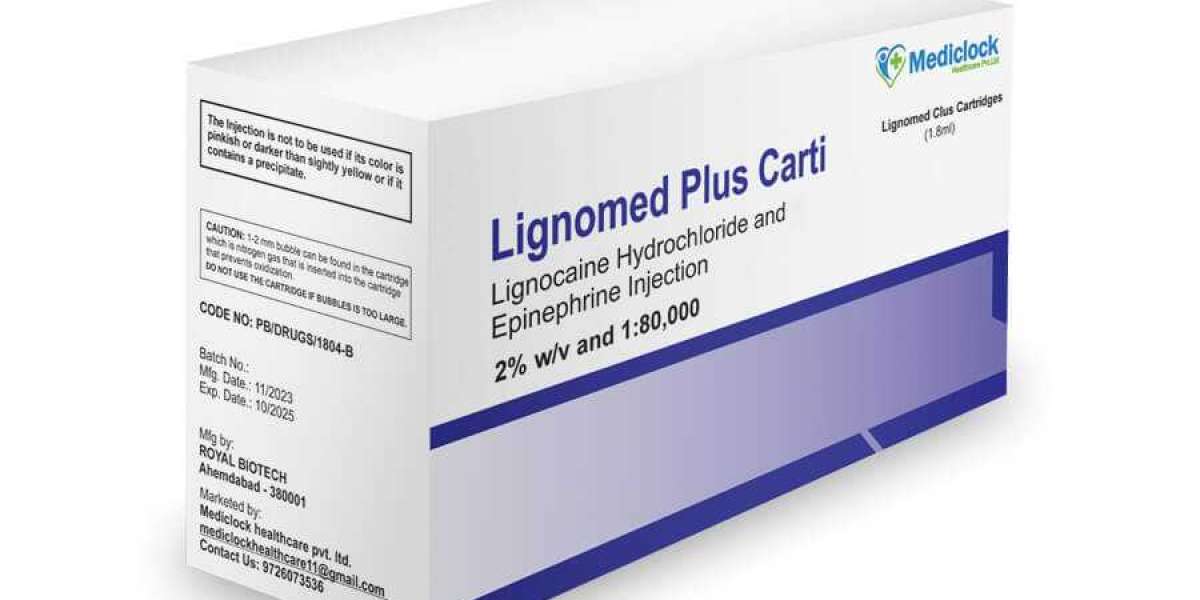Lignocaine hydrochloride and epinephrine injection is a widely used combination medication in the field of medicine and dentistry. This powerful duo provides effective local anesthesia, allowing for pain management and bleeding control during various medical and dental procedures. In this blog post, we will delve into the details of this medication, exploring its mechanism of action, indications, benefits, potential side effects, and considerations for safe and successful administration. Whether you are a healthcare professional or a patient curious about this medication, this comprehensive guide will provide you with valuable insights.
I. Understanding Lignocaine Hydrochloride and Epinephrine Injection:
Lignocaine hydrochloride, also known as lidocaine, is a local anesthetic that works by blocking nerve signals in the area where it is administered. It inhibits the conduction of pain signals, providing temporary numbness and relieving discomfort. Epinephrine, on the other hand, is a vasoconstrictor that narrows blood vessels at the injection site. This helps to control bleeding, as it reduces blood flow and promotes hemostasis.
II. Indications for Lignocaine Hydrochloride and Epinephrine Injection:
Lignocaine hydrochloride and epinephrine injection find wide-ranging applications in medical and dental procedures. It is commonly used for local anesthesia in dental surgeries such as tooth extractions, root canal treatments, and periodontal procedures. In the medical field, it is employed for procedures like suturing, wound debridement, biopsies, and minor surgical interventions. The combination of lignocaine hydrochloride and epinephrine offers several advantages, including prolonged anesthesia duration, reduced bleeding, and enhanced patient comfort.
III. Mechanism of Action:
Lignocaine hydrochloride works by blocking sodium channels in nerve fibers, preventing the transmission of pain signals to the brain. This blockade occurs at the site of injection,
leading to temporary loss of sensation in the area. Epinephrine acts as a vasoconstrictor by stimulating alpha-adrenergic receptors on blood vessels, causing them to narrow. This constriction reduces blood flow and localized bleeding, allowing for improved visualization and control during procedures.
IV. Benefits and Advantages:
The combination of lignocaine hydrochloride and epinephrine injection offers several benefits in the clinical setting. Firstly, it provides effective and reliable local anesthesia, ensuring patient comfort during procedures. The vasoconstrictive properties of epinephrine help to minimize bleeding, which is particularly important in surgeries or interventions where a clear surgical field is necessary. The reduced bleeding also aids in the preservation of the local anesthetic effect, as it prevents dilution and washout of the medication.
Furthermore, the combination offers a longer duration of anesthesia compared to lignocaine hydrochloride alone. This is particularly useful in procedures that require prolonged numbness, such as complex dental extractions or multi-step surgeries. The extended duration reduces the need for repeated injections, enhancing efficiency and patient satisfaction.
V. Considerations and Safety Precautions:
While lignocaine hydrochloride and epinephrine injection are generally safe, certain considerations and precautions should be taken into account. Patients with known allergies to local anesthetics, sulfites, or epinephrine should avoid this medication. Additionally, individuals with certain medical conditions, such as uncontrolled hypertension, severe cardiac disease, or hyperthyroidism, may require careful assessment and monitoring before administration.
Proper dosage calculation and administration techniques are crucial to avoid complications. Healthcare professionals must be well-versed in the appropriate injection techniques and adhere to recommended dosage guidelines. Close attention should be paid to the maximum recommended doses to prevent systemic toxicity.
Conclusion:
Lignocaine hydrochloride and epinephrine injection is a powerful combination medication that provides effective local anesthesia and bleeding control in various medical and dental procedures. Its mechanism of action, benefits, and considerations for safe administration make it an invaluable tool for healthcare professionals. By understanding the intricacies of this medication, both practitioners and patients can have confidence in its use, ensuring optimal outcomes and improved patient experiences.


